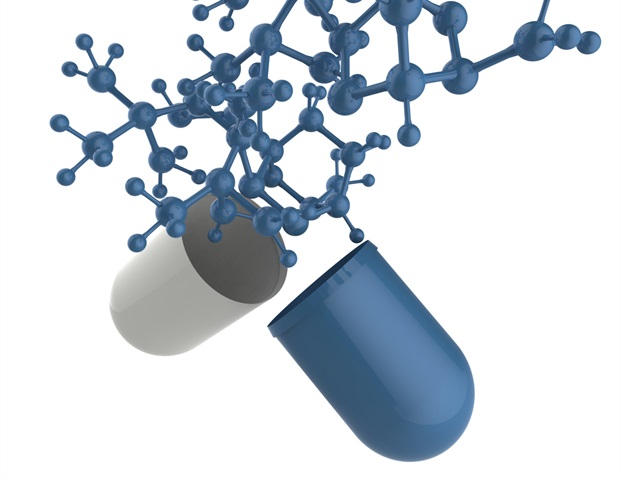
A virulent new pressure of antibiotic-resistant micro organism that causes extreme illness could possibly be spreading broadly throughout Asia – posing important challenges to world public well being, a brand new research reveals.
Researchers found the ST164 variant of Carbapenem-resistant Acinetobacter baumannii (CRAB) in a Chinese language intensive care unit (ICU) as a part of their research into how bundled an infection prevention and management (IPC) measures affected the unfold of CRAB.
Over a three-month interval in 2021, the specialists performed intensive genomic surveillance, inside the ICU in Hangzhou, revealing that 80.9% of the or A. baumannii micro organism present in sufferers had been CRAB, with ST164 accounting for 40.2% of samples.
Publishing their findings in Nature Communications, researchers from the College of Birmingham and Zhejiang College reveal that different hospital wards and transferred sufferers could possibly be sources of recent CRAB strains getting into the ICU.
The research follows the staff’s earlier analysis on the Hangzhou ICU in 2019, which confirmed that nearly one-third of sufferers had been contaminated by CRAB.
Newest analysis reveals one pressure kind (GC2) amongst CRAB isolates fell from 99.5% in 2019 to 50.8% in 2021. The remaining inhabitants primarily consisted of ST164 isolates which were evolving since mid-2020 and have twice the degrees of measurable resistance to carbapenems that the GC2 strains have.
Co-author Professor Alan McNally, from the College of Birmingham, commented: ”We imagine that ST164 is changing into established in ICU settings and could also be spreading broadly throughout Asia. Whereas ST164 prompted fewer infections than GC2 throughout the research interval, its excessive ranges of antibiotic resistance point out it wants cautious monitoring.
“CRAB poses a severe threat to hospitalized sufferers and may trigger extreme illness together with pneumonia, urinary tract an infection, bacteremia, meningitis, and tender tissue infections. Ongoing IPC measures are very important for controlling these micro organism’s unfold inside hospitals and additional analysis wanted to grasp how these strains evolve in hospital environments.”
The analysis was supported by funding from the Medical Analysis Council and the Nationwide Pure Science Basis of China. The research concerned high-resolution whole-genome sequencing and comparative evaluation of CRAB isolates.
CRAB can persist for extended intervals on hospital surfaces and medical gear and colonize sufferers inside 48 hours of admission – facilitated by hospital workers, shared gear, airflow, and plumbing. Outbreaks of CRAB can require interventions or adjustments to infrastructure that impose scientific, logistical, and monetary burdens.
Antibiotic-resistant infections are a serious risk to world public well being. CRAB infections are discovered worldwide with severely restricted remedy choices prompting the World Well being Organisation to designate CRAB a precedence organism for which novel therapeutics are urgently required.
The well being implications of CRAB, particularly the ST164 clone, are profound, affecting affected person outcomes, healthcare techniques, and public well being globally. Within the absence of recent therapeutic brokers, efficient CRAB IPC methods are very important if we’re to restrict the morbidity and mortality brought on by the micro organism in hospitals. As well as, our research illustrates the ability of genomic surveillance to map the emergence and dissemination of this drug-resistant clone.”
Willem van Schaik, Co-Writer, Professor from the College of Birmingham
Supply:
Journal reference:
Liu, H., et al. (2024). Longitudinal genomics reveals carbapenem-resistant Acinetobacter baumannii inhabitants adjustments with emergence of extremely resistant ST164 clone. Nature Communications. doi.org/10.1038/s41467-024-53817-x.

